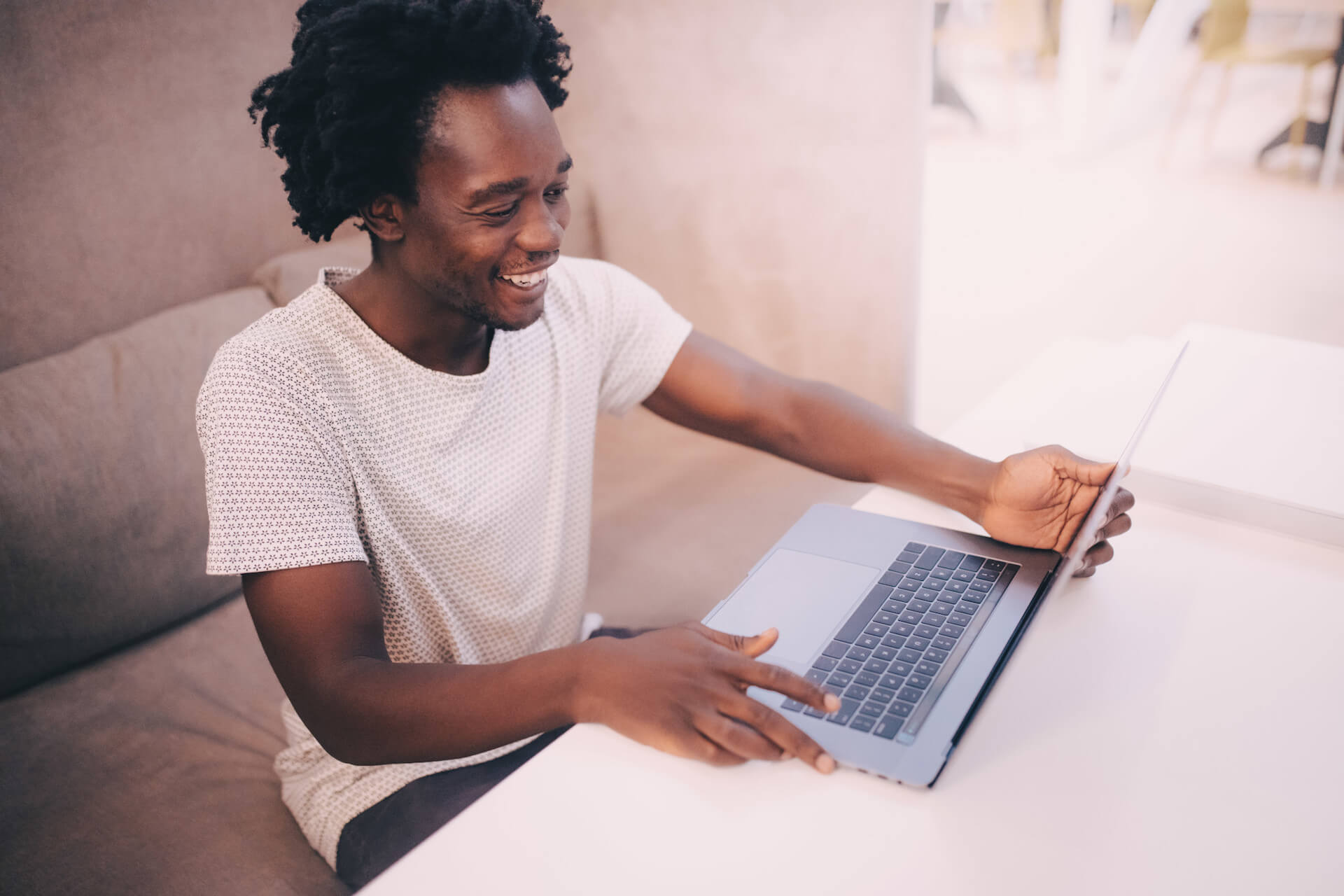Ways to Improve Your Online Learning Experience


3/18/21
By: Dr. Goolsby
4 Minute Read
With much of the world still in lockdown, in-person education is largely impossible. People have turned to online education and distance learning to ensure that students don’t fall behind, but there are inherent issues with utilizing an online classroom as the primary source of instruction. Firstly, not everyone has equal access to technology. Studies have shown that during the pandemic, students that lack access to the internet were severely handicapped in terms of learning development and the school systems were not equipped to help them in time. This was largely due to the change in the ways schools handle synchronous and asynchronous learning.
Synchronous learning is learning done as a group with instruction at the same time. In person, this would look like a typical classroom setting. Remotely, this is often done as a Zoom call to bring the whole class together to participate. Asynchronous learning is the opposite; it is learning independently using resources found outside group instruction. A classic example is homework assigned during class to be completed after the student goes home. Now more than ever, students are expected to be able to adapt to asynchronous learning environments without the safety net of in person instruction or the resources that schools provide.
That being said, there are merits to both synchronous and asynchronous learning. With proper resources and instruction, self-directed learning can yield great results and foster a child’s creativity and natural curiosity. Here are a few ways to get the most out of online distance learning
Determine which environment works best for you
Not everyone can work well with asynchronous learning. This is nothing to beat yourself up over; different people learn better in different ways. Determine for yourself if you prefer a classroom or lecture setting where information is given to you. Synchronous learning is great for people who can absorb information quickly or need hard schedules to adhere to. People who prefer asynchronous learning may find that they learn best with a flexible schedule or from doing their own independent reading.
Utilize the tools at your disposal
Not everybody has the same level of access to online resources, but making the most out of what is available to you can make a huge difference. Just because a synchronous class has a scheduled time to meet, that doesn’t mean that you can’t email your teacher after if you need extra assistance. Similarly, if you don’t learn well during synchronous lectures, you can use that time to take thorough notes to review in your own time. Using the instructions given to you during your synchronous time, you can organize a framework for your asynchronous time.
Get the most out of your time
Studying longer doesn’t always mean studying better. Even if you learn better in one environment over the other, you can always find ways to optimize your study time. Taking notes while reading helps you reflect on the text and can be a valuable resource when studying later. Creating a system for note taking that works best for you depends on how you choose to organize the most important information.
Consider extra educational resources
Online tutoring can help bridge the gap between synchronous and asynchronous learning styles. Curriculum tailored to the individual can create a greater understanding of the subject matter and one on one instruction can be more beneficial than class instruction since the attention is not divided among many. Tutoring can assist not only in understanding the material, but in creating an environment that fosters good study habits.
About Author


Dr.Danielle S. Goolsby
Dr. Danielle S. Goolsby has always had a love for education. She has experience tutoring even before she decided to become an educator. Dr. Goolsby is a native of Rochester, New York. She has a Bachelors in Communication with a minor in Political Science from the University at Buffalo in Buffalo, NY, a Masters in Childhood Education from St. John Fisher College in Rochester, NY, with certifications in both General & Special Education, and completed her Doctorate in Interdisciplinary Education at LIU, C.W. Post, in Long Island, NY.
Danielle has been in the education field for 10 years. She has consistently demonstrated proficiency in communication, leadership, conflict resolution, teaching students with disabilities, common core curriculum development, providing professional development for colleagues, mentorship, and staff development. As a leader and educator, Ms. Goolsby is consistently confronted with opportunities to provide needed information to her colleagues, students and their families as well as serve as the go between and liaison for effective communication, pedagogy and education.

Add Comments